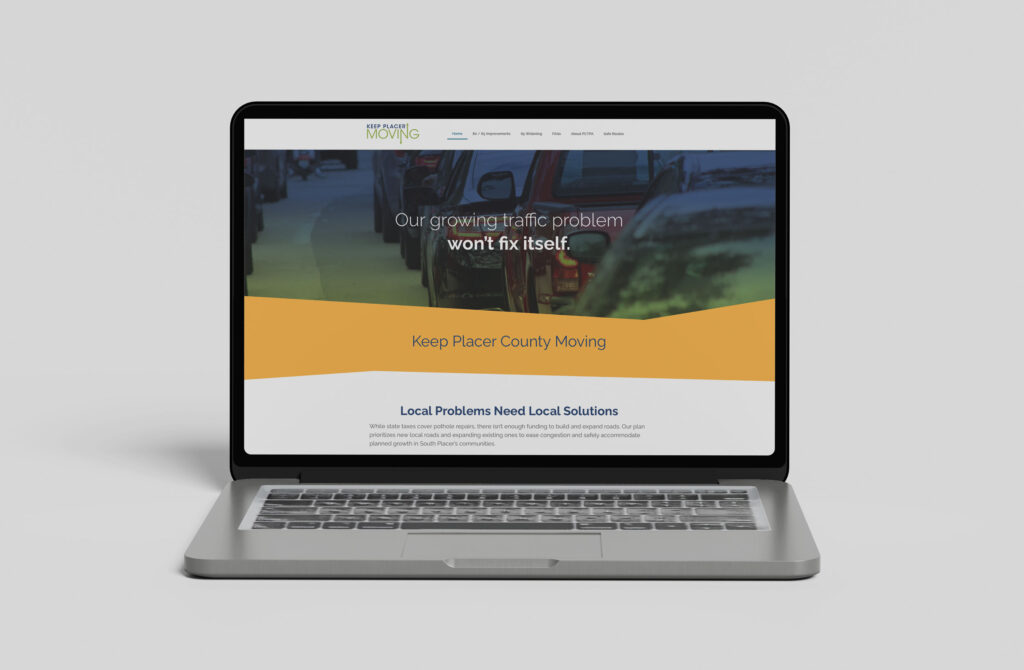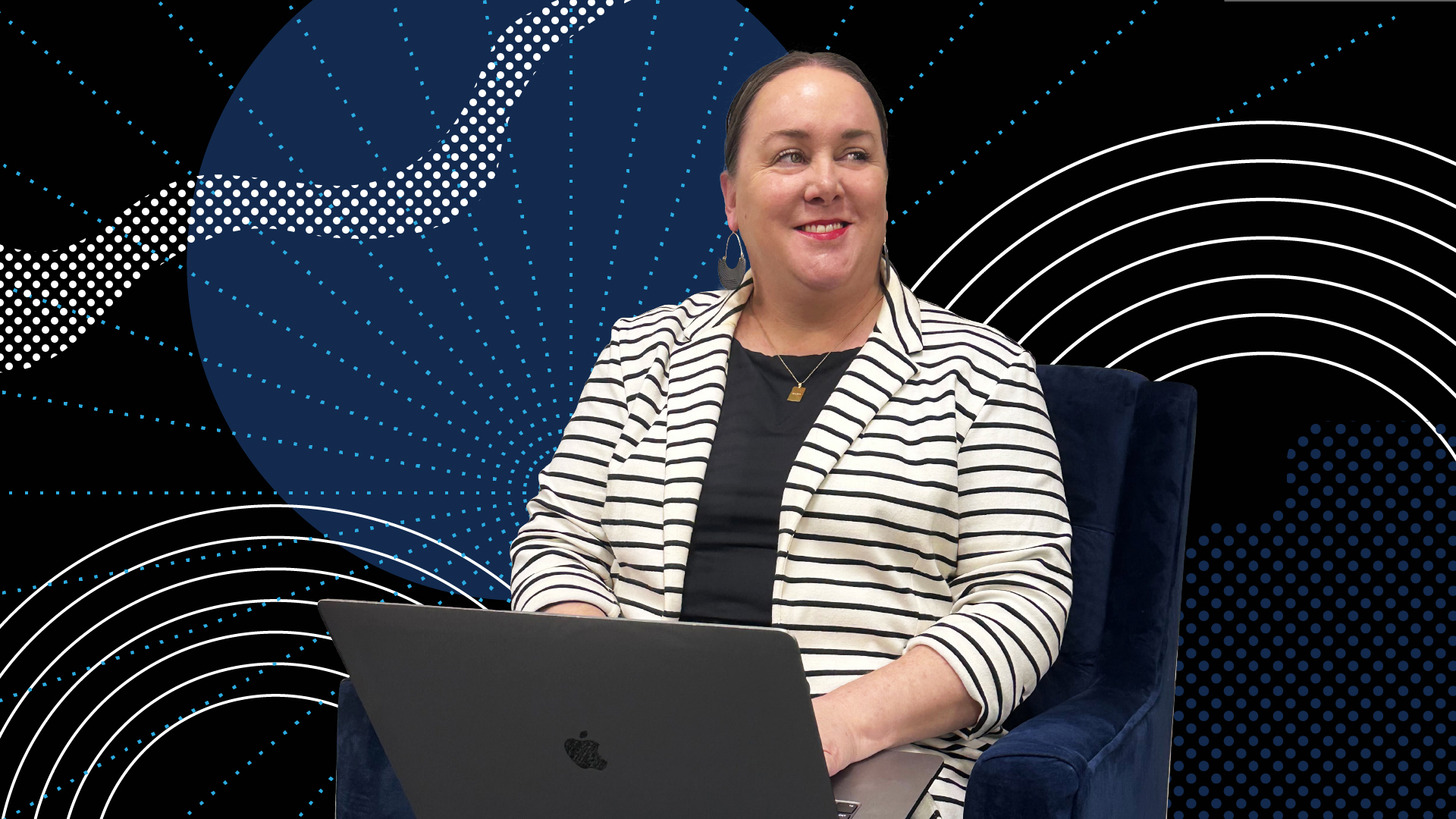Challenge
For the Placer County Transportation Planning Agency, the path to better roads and faster commutes began with a surprising data point: in 2022, traffic congestion ranked just 11th among local concerns. Yet PCTPA knew that regional traffic issues—from bottlenecks to delayed emergency response—were taking a real toll on quality of life. To move forward on funding local road improvements, they needed the public to understand just how personal and urgent the problem had become.
Approach
We took the issue out of the abstract and made it real. Working with PCTPA and its partners, we launched a public awareness effort focused on one goal: reframe traffic congestion as more than a nuisance. It’s a matter of time lost with family, local dollars wasted on delays, and safety risks for fast-growing communities like Roseville, Rocklin, and Lincoln.
Our strategy was grounded in 3fold’s proven community connection model:
Make it personal: Show how traffic affects everyday life—missed moments, higher costs, slower emergency response.
Make it relevant: Connect traffic to other top concerns like public safety, housing access, and local economic growth.
Make it a priority: Create urgency by framing congestion as a problem we can actually solve with local action.
We used storytelling to spotlight trusted local leaders, shared digital ads tailored to swing and conservative-leaning audiences, and built a narrative around local control and smart investment—emphasizing that Placer residents deserve better and can drive the solution forward.
Impact
- 18% increase in the number of residents who named traffic as a top concern—up from 2022 to 2023.
- 3.1 million digital impressions across South Placer County, raising widespread visibility of transportation issues.
- Nearly 21,000 visits to the campaign website, demonstrating real engagement in the conversation.
- Helped lay the foundation for future funding mechanisms to support essential transportation upgrades.
When communities understand what’s at stake—and see a role for themselves in the solution—they get involved. That’s the power of making issues personal and the kind of connection that turns awareness into action.





